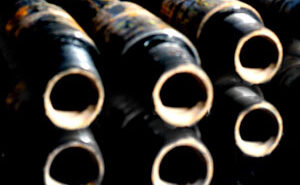Petrobras chooses Vallourec to support offshore OCTG projects until 2029

Vallourec was awarded a contract by Petrobras as a result of a competitive bidding process for the supply of OCTG (Oil Country Tubular Goods) products and services for its offshore operations from 2026 to 2029. This long-term agreement could generate total revenue of up to $1 billion.
The contract covers the full OCTG scope of supply for seamless pipes and VAM premium connections required for Petrobras’ offshore wells from 4.5” up to 18”, including carbon and stainless steel tubulars and associated accessories. Vallourec will also deliver comprehensive value-add services both onshore and offshore, from desk engineering and material coordination to rig preparation, offshore supervision, rig return repairs and re-stocking to support Petrobras in optimizing operational efficiency.




